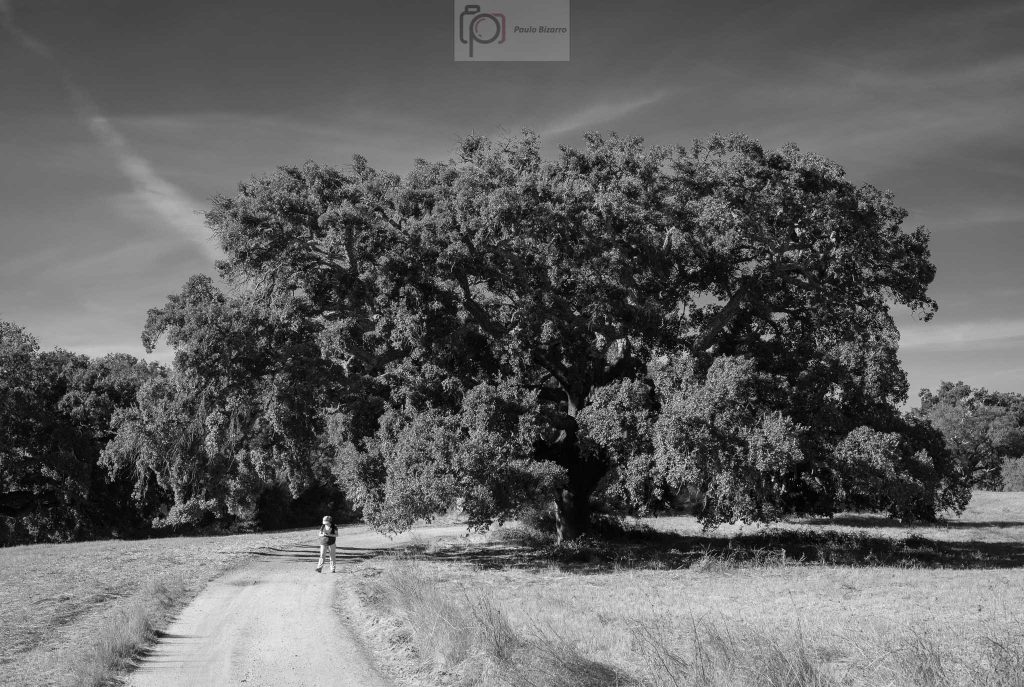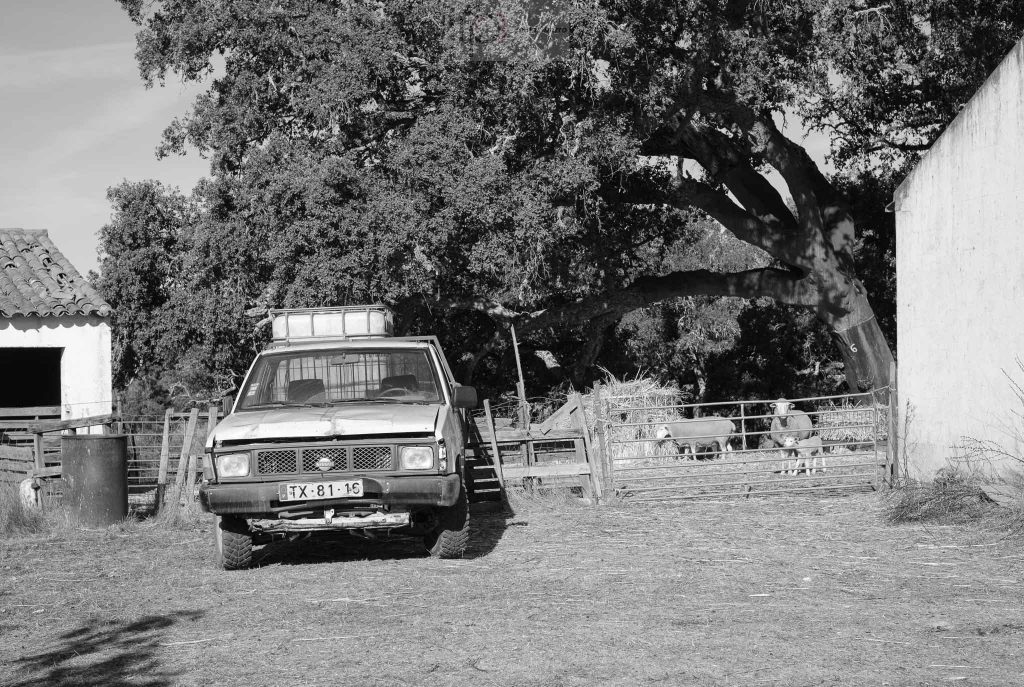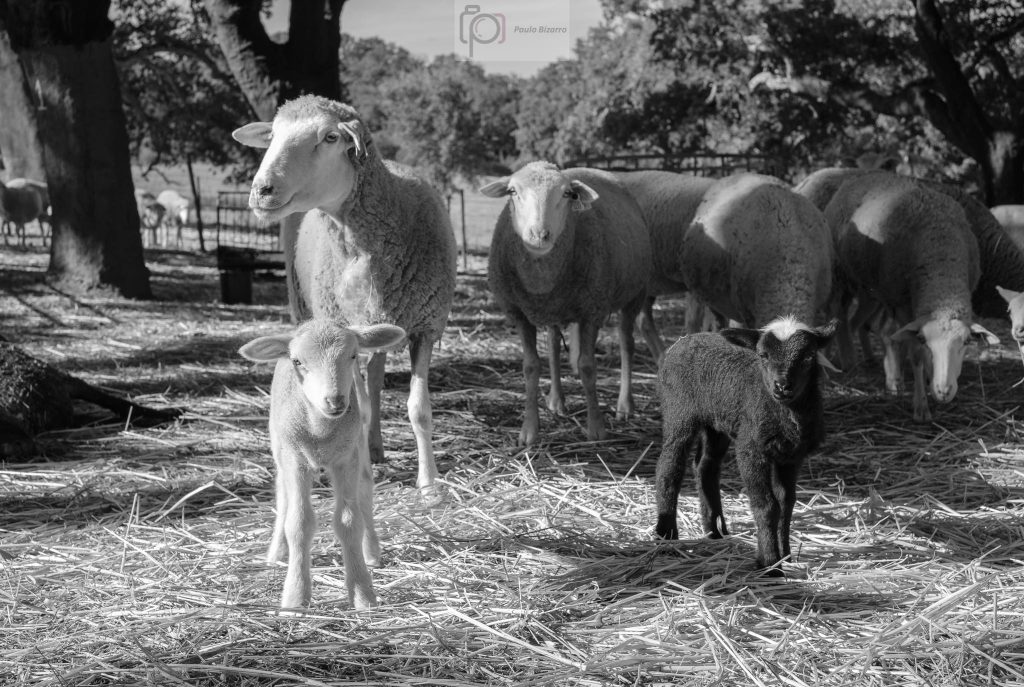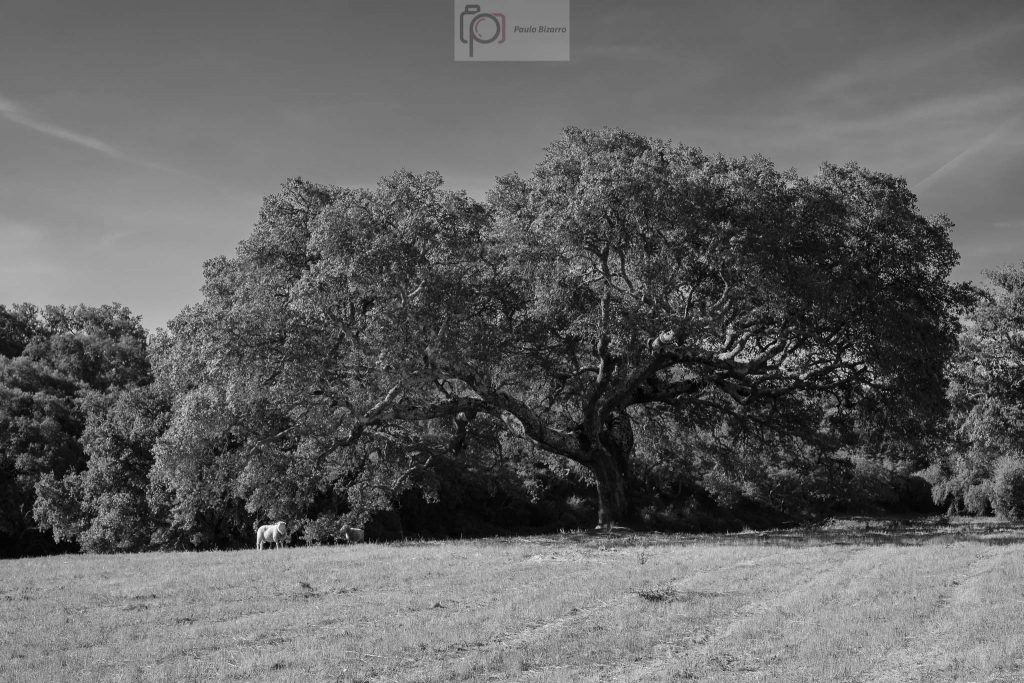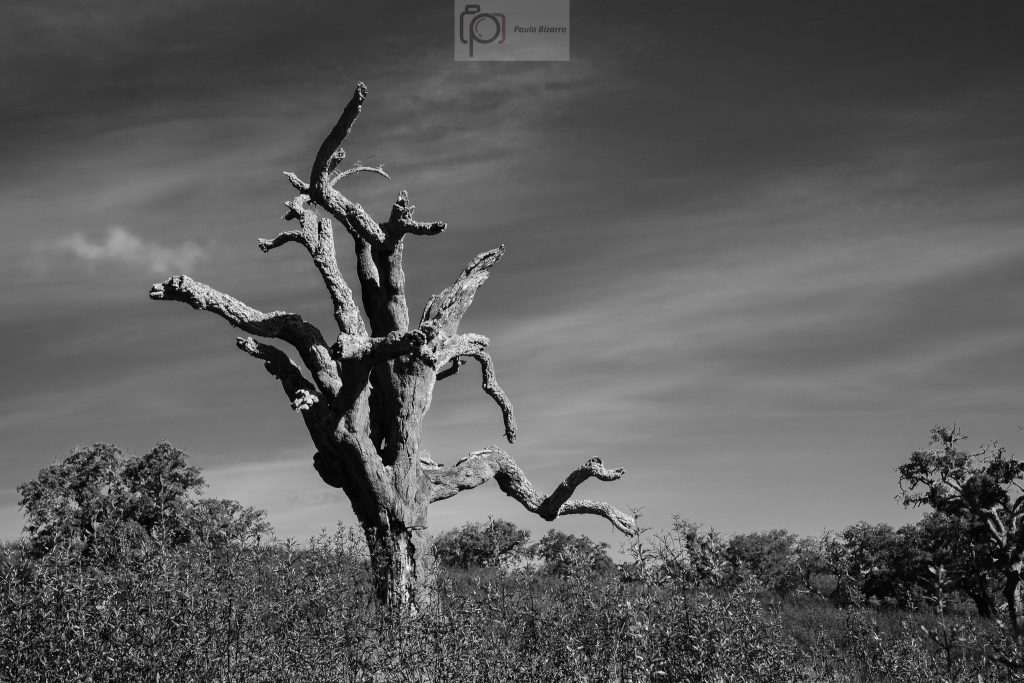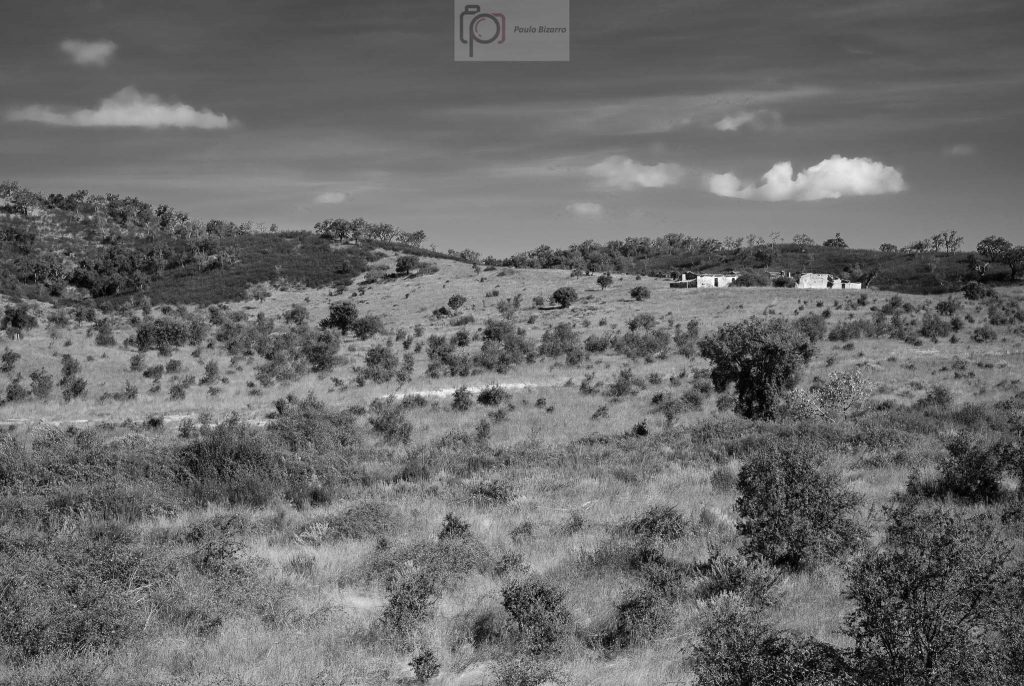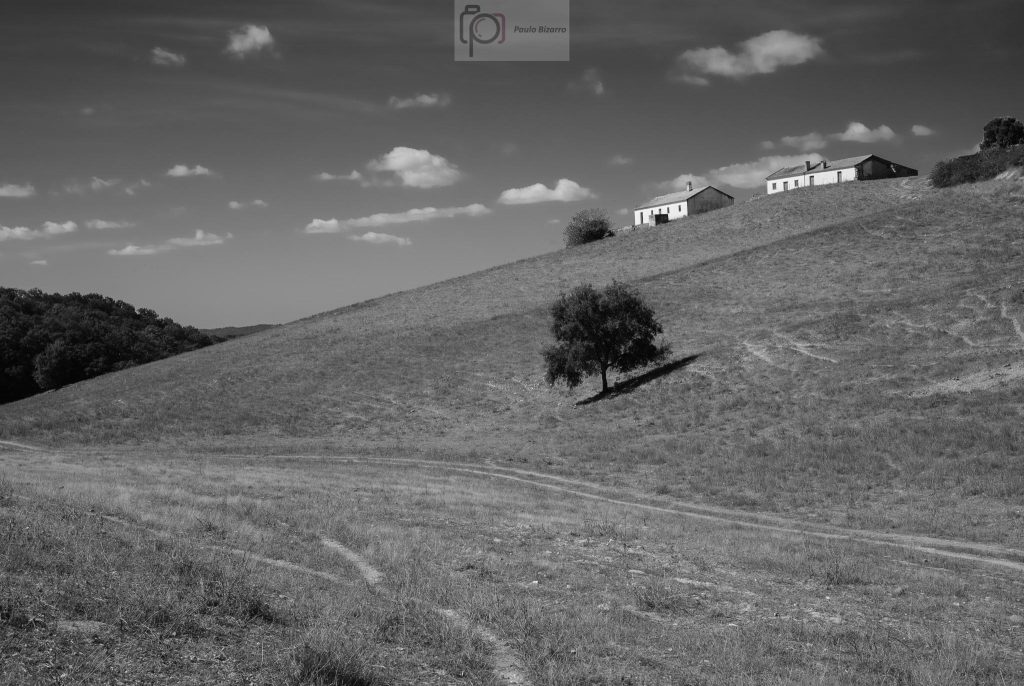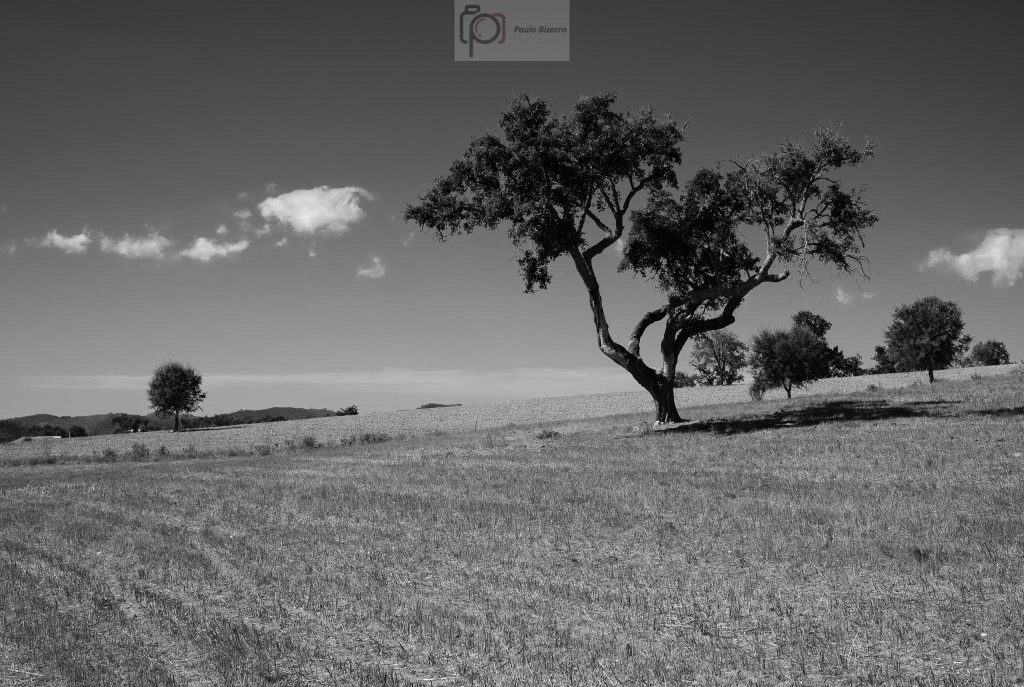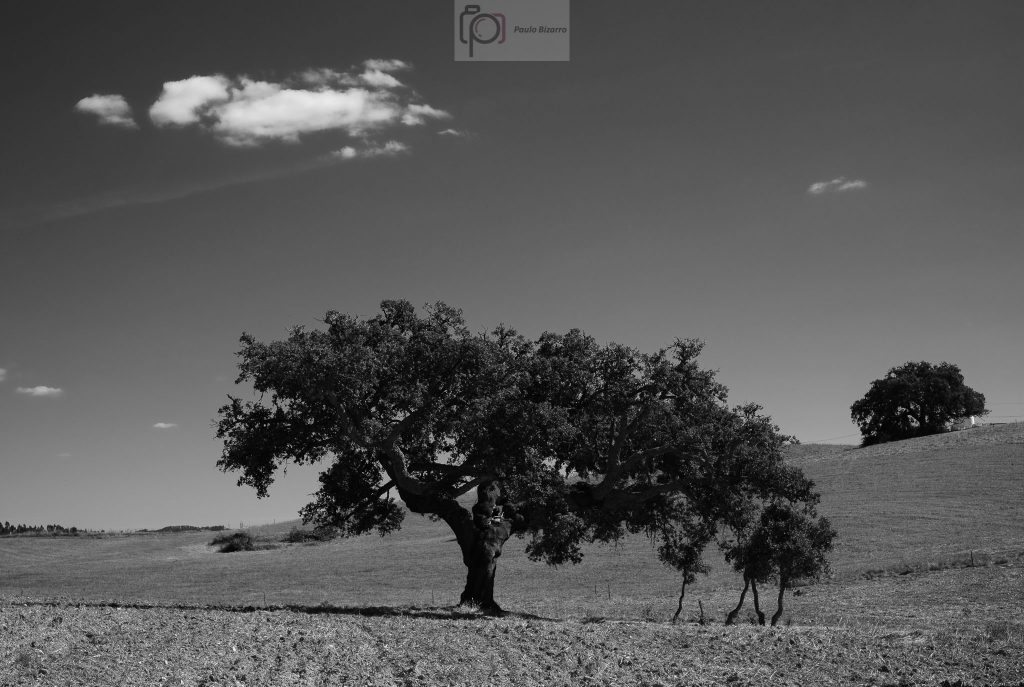The advantage of being very familiar with one place is that planning for a photographic visit becomes easier. The terrain is known, as well as the best viewpoints and logistics (access, car parks and walking paths). The flip coin to this familiarity is, of course, the challenge of imagining new compositions for well known places and subjects. In the beginning of October I found myself near Almograve beach, in the southwest Alentejo coast of Portugal.
I have known this beach since my childhood, and have been photographing it for three decades by now. Thus, coming up with “new interpretations on an old subject” is not easy. But I enjoy a good challenge, and so I woke up one morning really early, and went to the beach for a photo walk. The conditions were promising: low tide, some clouds and many interesting sand patterns. I started from the southern end of the beach, and slowly made my way towards the northern end.
Nature keeps changing things, and this year the beach has seen an abnormally high amount of sand, so that during low tide, a larger than usual area is exposed. This makes for some new interesting photo opportunities, using rocky outcrops and sand patterns as foreground elements. Shortly after arriving, I made a few photos showing the overall view of the beach, with the first light of day softly bathing the cliffs.
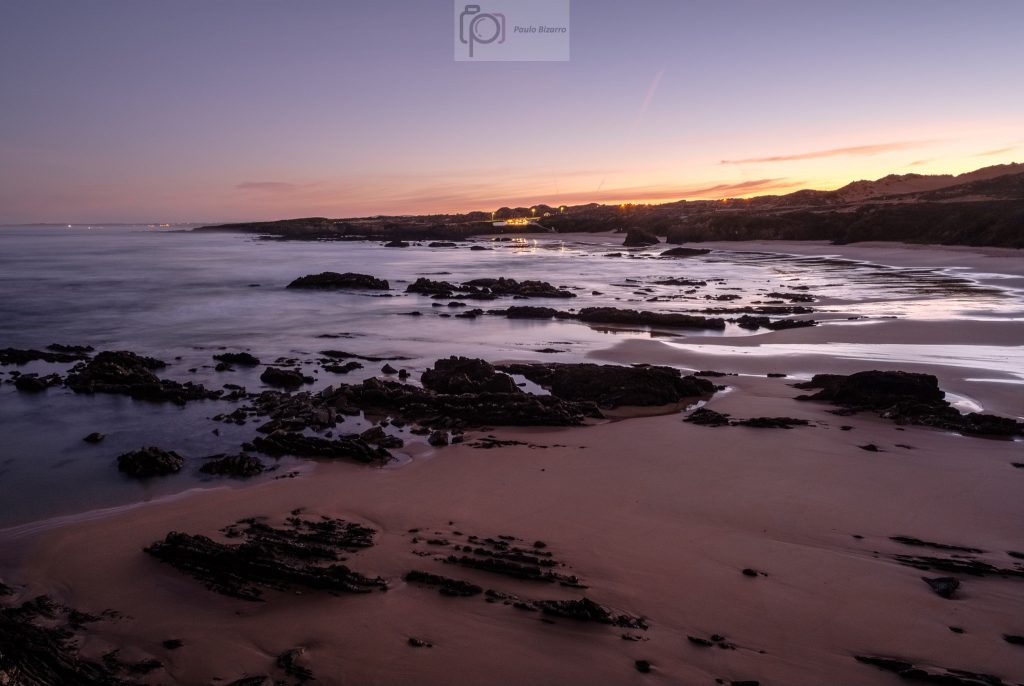
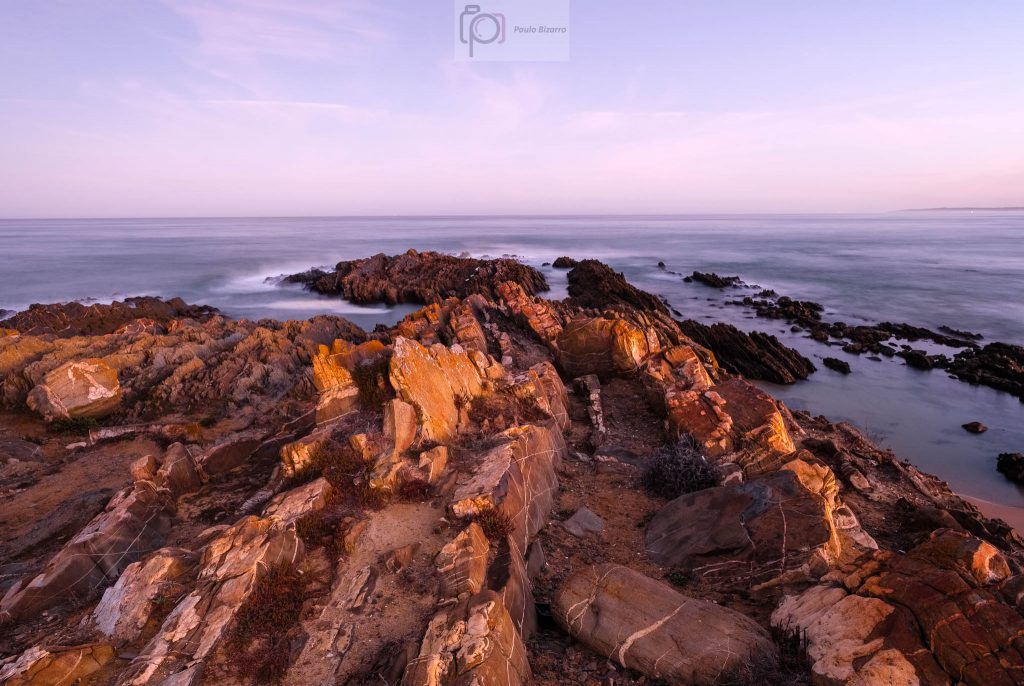
Walking along the beach, I had no trouble finding some interesting sand patterns and rocks. In particular, there are black schist rocks crisscrossed with white quartz veins, that are common in the geology of this area. Sometimes it was a challenge to keep the tripod stable, because the sand was water logged and quite soft.
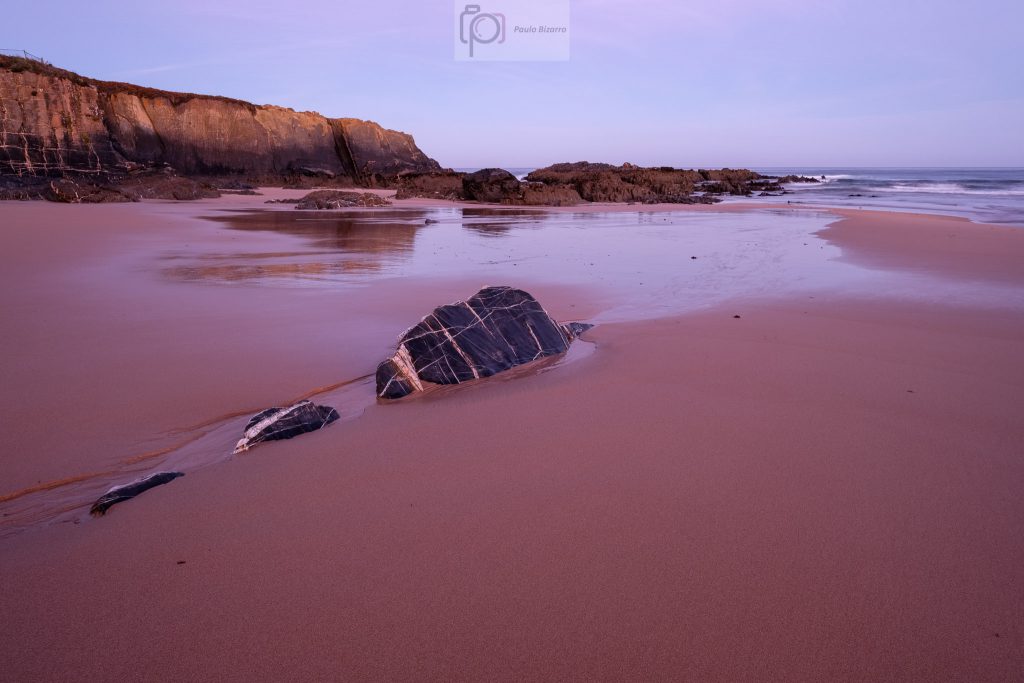
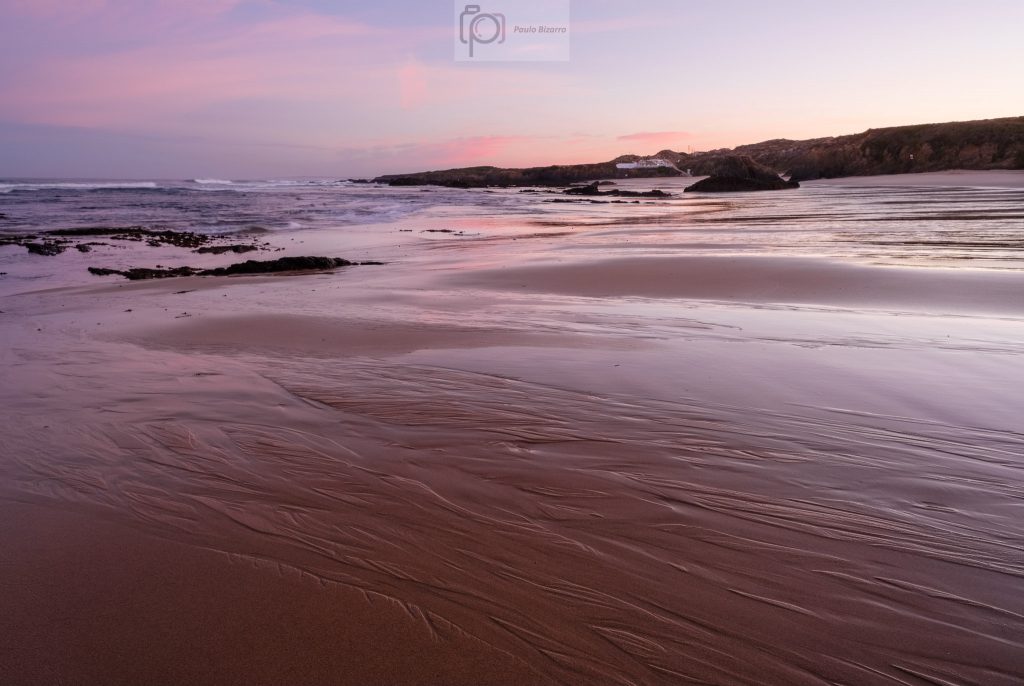
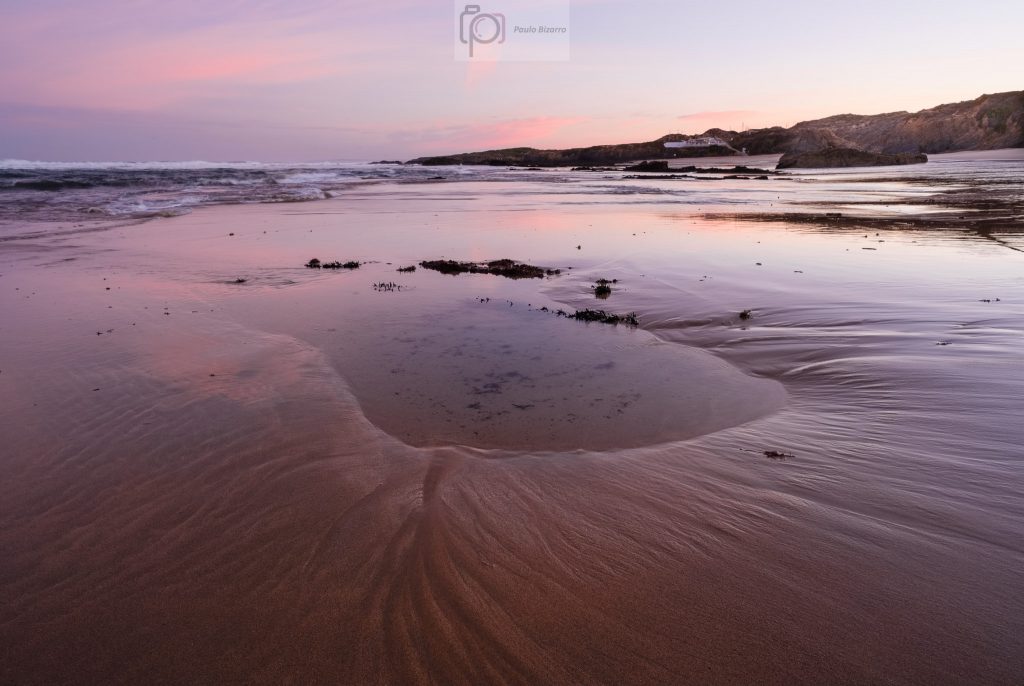
In the intertidal areas, the movement of the water has created small sand dunes. For someone like me, familiar with this beach, it was odd to see so much sand; I kept trying to find some particular rock that used to be exposed, and now must be buried under all the sand.
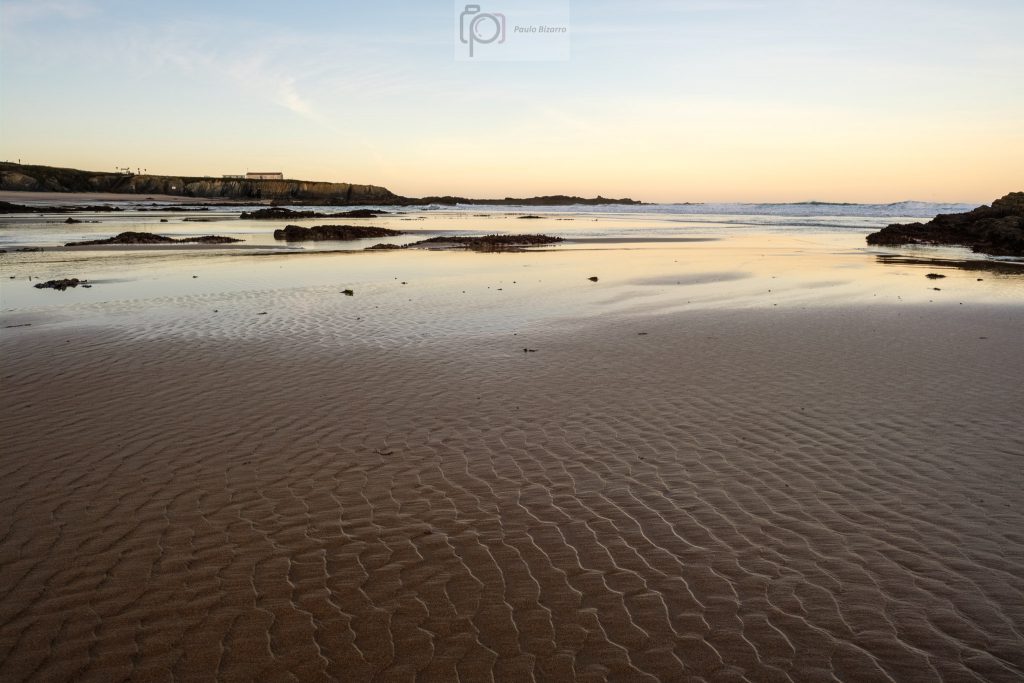
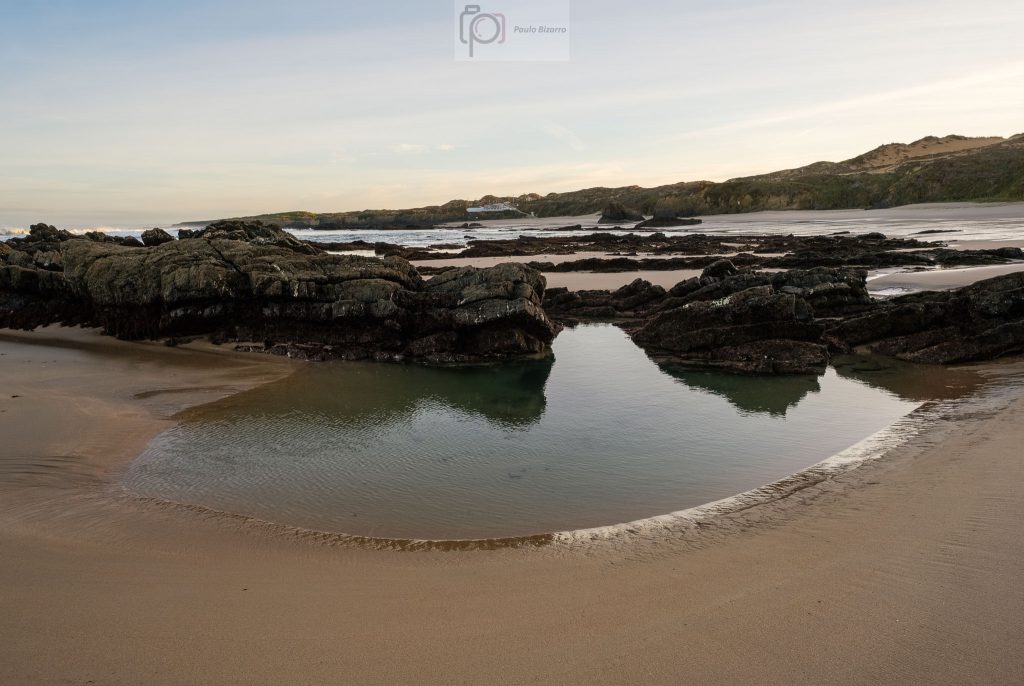
I spent more than one hour photographing in the beach, so by the time I went back to the car, the sun had crested the sand dunes in the east, illuminating the landscape. The soft purplish and pink colors of dawn were replaced by the golden tonalities of the low sunshine.
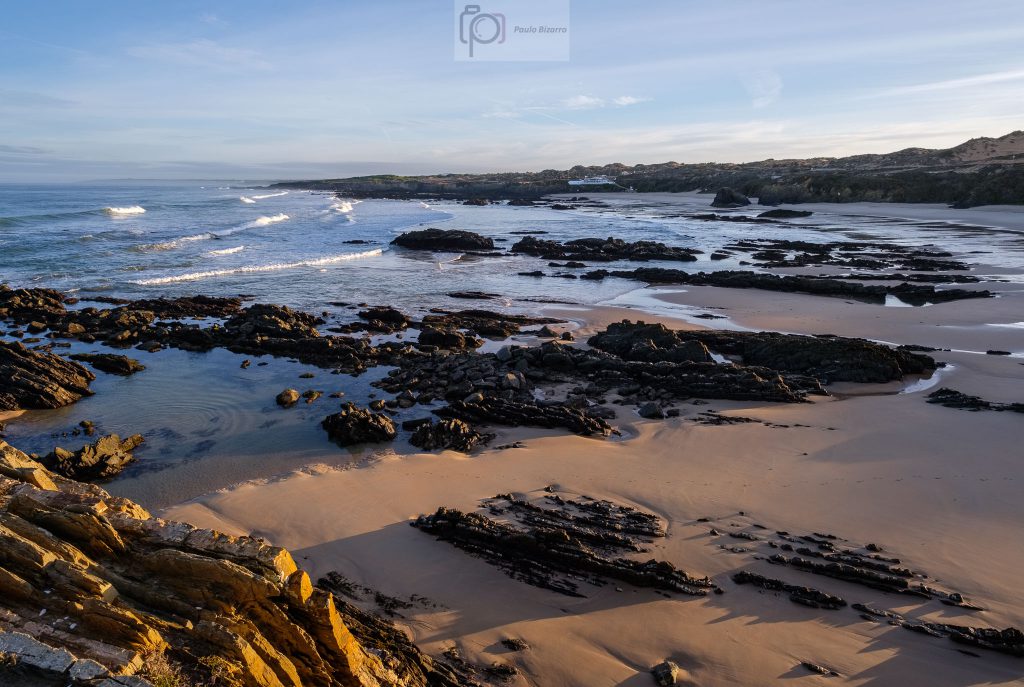
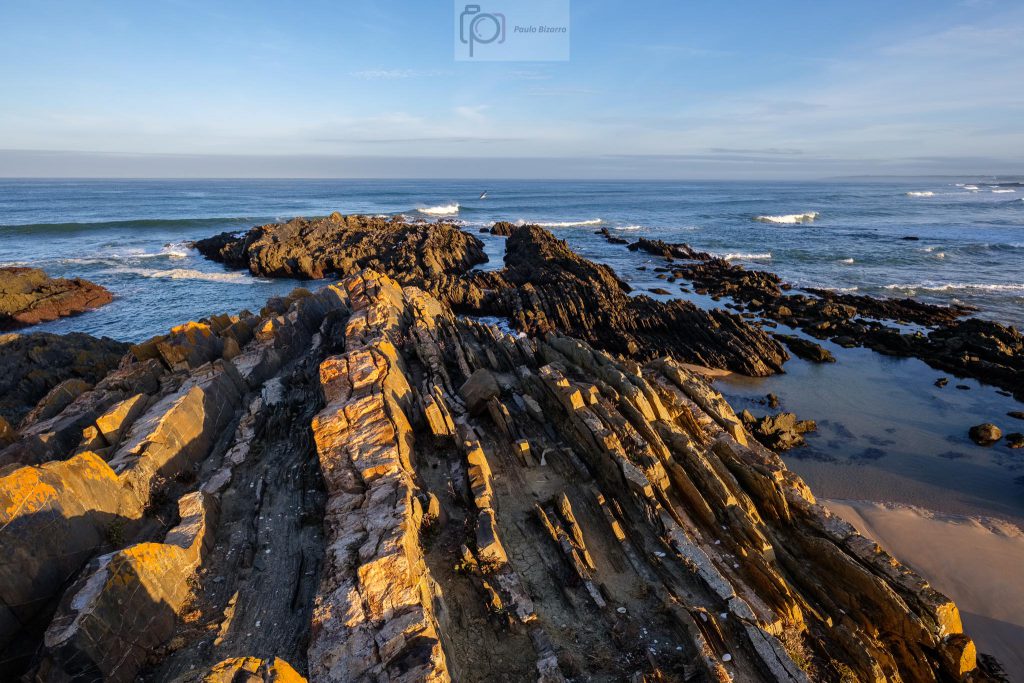
These photos were all made with my Fujifilm X-T3 camera and Fujinon 14mm f/2.8 lens, a perfect combination for this coastline landscape, where there are several linear elements that can help to lead the eye into the scene.
